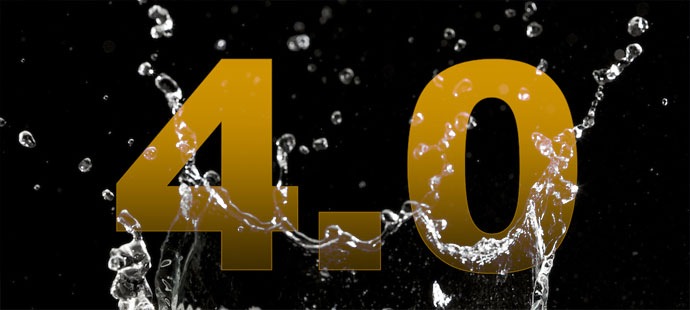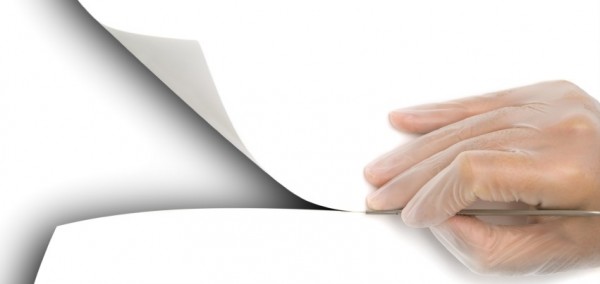OK! OK!
I yield to all of you who sent me the link to that strange ABC News “Good Morning America” report about the dangers of sipping holy water! Let’s talk about that story a bit and, trust me, there isn’t much to talk about.
First things first: Is there really some kind of epidemic out there linked to people drinking large amounts of holy water? Here’s the top of the story:
Despite its purported cleansing properties, holy water could actually be more harmful than healing, according to a new Austrian study on “holy” springs.
Researchers at the Institute of Hygiene and Applied Immunology at the Medical University of Vienna tested water from 21 springs in Austria and 18 fonts in Vienna and found samples contained up to 62 million bacteria per milliliter of water, none of it safe to drink. Tests indicated 86 percent of the holy water, commonly used in baptism ceremonies and to wet congregants’ lips, was infected with common bacteria found in fecal matter such as E. coli, enterococci and Campylobacter, which can lead to diarrhea, cramping, abdominal pain and fever.
So there are several things going on here.
Several people have asked me if members of ancient, liturgical churches really do drink holy water. The short answer is “yes,” but it is not very common. A better word would be “sip,” linked to prayers for divine healing.
However, I have never, ever seen anyone drink water from a baptismal font! In Orthodoxy, that would have oil in it, for starters. The water people might sip would be linked to the annual blessing of the waters, when people take home containers of clean, blessed water from this special ritual. I have never seen water used, well, twice that is involved in this rite.
Catholic readers: Can someone enlighten us on the ritual practices that might — repeat might — be linked to this story. Do people really stop and sip the water that is in the fonts near Catholic parish doors?
And then there is this, care of a tweet from the always newsy Father James Martin:
Absurd "news" conflating "holy springs" (e.g. Lourdes) with the holy water in church fonts, which comes from the tap. http://t.co/kumM4nmRVB
— James Martin, SJ (@JamesMartinSJ) September 16, 2013
Yes, note that the story makes no attempt to separate outdoor, free flowing springs at holy sites from water that is under parish and clergy control, in terms of the rites in which it is used. Did the editors know that they were dealing with two completely different types of sources here?
Meanwhile, try to picture the following:
There have been advances made for the more hygienic use of holy water, including the invention of a holy water dispenser a few years ago by an Italian priest, while studies have also indicated that adding salt (at recommended levels of 20 percent) can help disinfect the water.
But Kirschner cautions that salt is not a reliable way to prevent infection and instead recommends priests regularly change the holy water in churches and erect signs to inform congregants about the dangers as well as of the history of the holy springs.
Yes, try to imagine that sign going up at Lourdes.
Now, here is the key. The story gives absolutely no information from trustworthy Catholic sources on what is going on with this holy-water drinking trend — at the parish level. Is the water in fonts really the water that’s used in infant and adult baptisms? How often is the water in the font changed?
Catholic readers: Go for it.
IMAGE: The famous grotto at Lourdes, in France.











